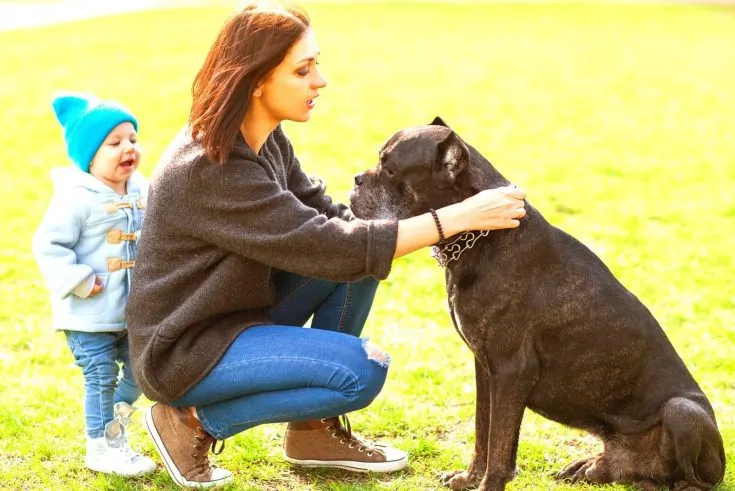
For pleasure or business traveling abroad for business or pleasure, it can be thrilling and exciting, but the hassle of passports, customs procedures, along with connecting flights can be stressful. For pet owners looking to bring their pets on international travel is made more difficult.
Here are some tips that you could do in order to make international travel for your dog as painless as you can.
Check the Rabies Status of the destination you are planning to visit.
The majority of travelers search to find the most enjoyable activities such as hotels, restaurants, and other venues before leaving however canines must take the time to understand the regulations and rules of the country in regards to traveling with a pet, mostly due to the possibility of catching rabies. One reason for traveling with your pet companion can be an issue is the fact that certain countries are declared rabies-free and others are regulated by rabies. This means that if you’re traveling from a country with a rabies control program such as that of the United States, to a non-rabies country like Japan You should be prepared to have a little extra time in the customs line as it will not be a simple process.
Visit the vet

When you’re planning your trip, ensure to include a visit to the veterinarian of your dog at high on the To Do list. This will allow you to discuss any concerns, but also make sure that your pet is in good health for travel, but you’ll also have to ensure that your pet is up-to-date with the specific vaccinations that are required by your country of destination and request copies of their vaccination record. Be aware that even though each country has its own regulations however most will have your pet implanted with the use of a microchip.
Although the majority of Western countries permit dogs, at most, you’ll need to prove that your pet is up-to-date on their Rabies vaccination. Keep in mind that if you reside in a country with a rabies control program the pet has to be vaccinated against rabies for at minimum 30 days prior to the date you travel. There are certain countries that require more vaccinations. For example, in places like France, Spain, and Italy in which all pets have to be tested for distemper, in contrast, Australia requires vaccinations for bordetella and canine flu. It’s always good to check your destination’s vaccination requirements prior to departure to ensure that you don’t encounter any problems in your attempt to get into the country.
Be aware of the rules

Alongside vaccinations, pet owners must keep in mind that certain countries may require additional steps, such as obtaining import permits. If you’re visiting an area that is rabies-controlled or high-rabies Most countries will have your dog take an i.V. test.
There are some breeds that some countries will not permit entry to because they’re classified as “violent,” even if you’ve completed all the steps required and are able to present the required documents. While each country has an array of breeds, some commonly banned breeds include Pit Bulls as well as Rottweilers, and Dogo Argentinos or Neapolitans as well as Brazilian Mastiffs.
Make sure you have the right paperwork on hand
Although every country will require a veterinary medical certificate The forms used to obtain it may differ. It’s a great idea to call the embassy prior to your travel date to request copies of all the necessary documents for your vet that are specific to the country you’re visiting and make certain to get your vet to complete the form after 10 working days from your entry. It’s true that certain countries, such as Europe offer the option of giving their pets an official passport. It’s like an actual passport for humans as it allows pet owners to freely travel around countries with their pets with them.
Learn to Educate Yourself about the process of obtaining a certificate

The chance of being required to quarantine your pet is enough to deter many pet owners from making traveling abroad with their pet. It’s important to be aware of the specific rules for the country that you’re visiting. While some countries do not allow dogs from other countries to enter certain countries, others might need a quarantine that can last for several months. Pet owners must take note that nations that have stricter laws have quarantine rules which can vary from seven days up to six months. It’s therefore essential to know the regulations in advance.
But, as you’ve done your research, quarantining shouldn’t be something that the average traveler would need to be concerned about. The majority of countries do not require quarantine for pets as long as the owners have followed all the required steps and have secured the appropriate paperwork prior to departure.
Create pet-friendly accommodations

The most important thing is that it is essential to ensure that you’re flying with an airline that is pet-friendly, and make sure you call prior to your trip to get the steps you’ll need to follow when traveling abroad with your pet. If you’re traveling with a small breed, they may be able to travel within the cabin however, your dog will be traveling in the cargo area. Keep in mind that certain international airports don’t take domestic pets. So ensure that you book tickets to fly into an airport that’s friendly to imports.
If you’re planning to travel either internationally or domestically It can be difficult to find pet-friendly accommodations. It is important to know prior to departure if your rental provider allows pets. Be sure to set your pet-friendly accommodation for the night and be aware of their rules, since some hotels charge extra costs or have specific regulations regarding pets allowed to stay in the hotel, for example, weight or size restrictions.
Make sure your dog is as relaxed as is possible

Traveling internationally can be stressful for anyone human being, and it’s the pet owner’s duty to be mindful of the physical and mental security of their four-legged pet. This could mean purchasing a comfortable, high-quality pet carrier and stocking up on lots of treats, food as well as toys. You should do everything you can to ensure that your pet stays as peaceful as you can, particularly when it comes to customs procedures. It’s also important to ensure that your dog’s routine is normal way while you wait to board your plane and once you’ve reached your destination.